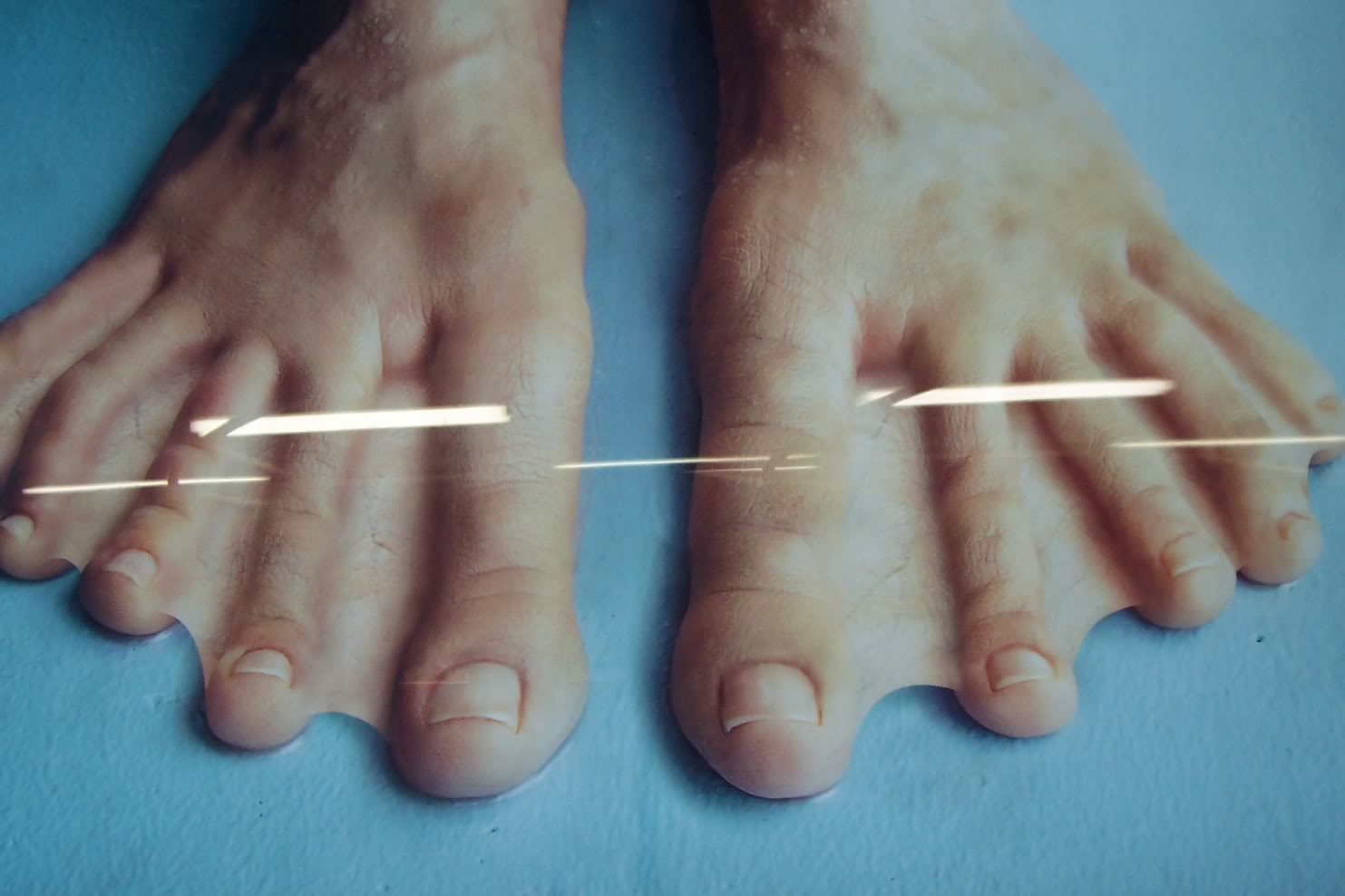

Webbed toes can take many different forms. There Are Several Different Types of Webbed Toes In other words? You and your baby are definitely not alone.

Consider that the state population of California is almost 40 million-that means about 20,000 current Californians (and more than 160,000 Americans!) were born with webbed toes. That’s uncommon, but not really super rare. They Are Relatively Rare-But Probably More Common Than You ThinkĪbout one out of every 2,000 babies is born with webbed toes. If the process is not fully completed (usually due to a simple gene defect), the baby will be born with at least partially webbed toes. However, about six to eight weeks after conception, an enzyme is released that gently dissolves that connecting tissue and separates the fingers and toes.Īt least, that’s the way it’s supposed to work. It’s true! It’s just that for most of us, the webbing goes away long before birth.ĭuring the earliest stages of fetal development, all five digits on each hand and foot are connected by soft tissue. Here’s what you need to know about this condition. While new parents are understandably concerned about any physical “defects” their child may have, most cases of webbed toes are nothing to worry about. That’s what we’d like to talk about today. In other cases, all 10 toes might be present, but two or more of them appeared “webbed” or fused together ( syndactyly). Some babies are born with extra toes ( polydactyly), which you can read a little bit more about here. Well, what happens when you arrive at a number other than 10 of each? What’s one of the first things most new parents do after holding their newborn for the first time? (Besides smiling, laughing, and crying tears of joy all at once, of course?)


 0 kommentar(er)
0 kommentar(er)
